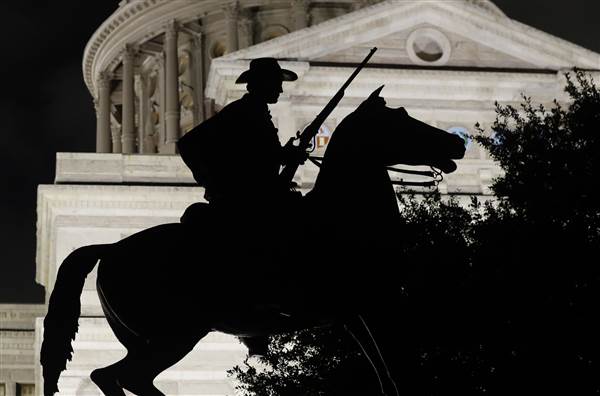
AUSTIN, Texas — The Civil War lessons taught to American students often depend on where the classroom is, with schools presenting accounts of the conflict that vary from state to state and even district to district.
Some schools emphasize states’ rights in addition to slavery and stress how economic and cultural differences stoked tensions between North and South. Others highlight the battlefield acumen of Confederate commanders alongside their Union counterparts. At least one suggests that abolition represented the first time the nation lived up to its founding ideals.
“You don’t know, as you speak to folks around the country, what kind of assumptions they have about things like the Civil War,” said Dustin Kidd, a sociology professor at Temple University in Philadelphia.
Lessons on the war and its causes usually begin in the fifth through eighth grades. That means attitudes toward the war may be influenced by what people learned at an age when many were choosing a favorite color or imagining what they wanted to be when they grew up.
The effect may not be obvious until a related issue is thrust into the spotlight like this month’s violence in Charlottesville, Virginia, and the resulting backlash against Confederate symbols.
Growing up in Charlottesville, Kidd said, he was taught that “folks from the North” had put forward the “misconception” that slavery was the cause of the war. The real origin, he was told, could be traced to groups of colonists from England who despised each other long before the rebellion began in 1861. Not until graduate school did he begin to question that premise.
Read the entire story here.

